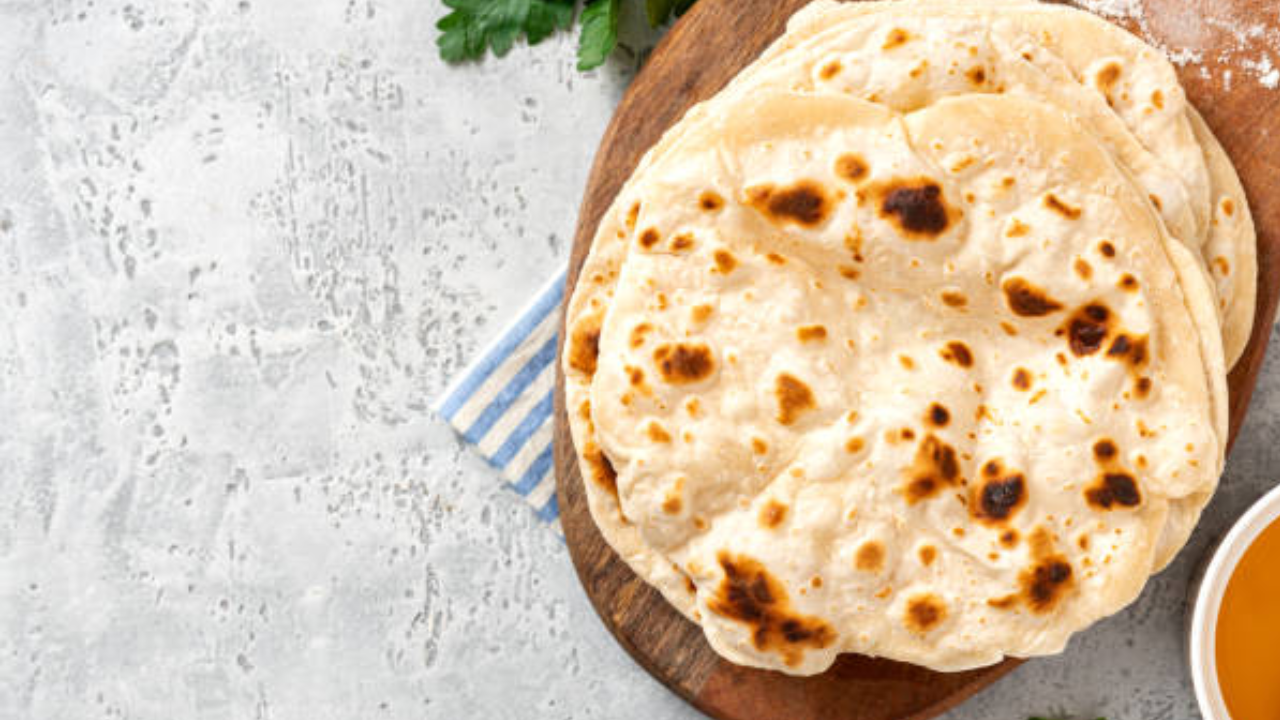
RAGI VS JOWAR VS OATS ROTI: WHAT'S BETTER FOR WEIGHT LOSS?
Roti is an integral part of the meals across India and is loved by vegetarians and non-vegetarians alike. It is a good source of carbohydrates and energy while complementing a variety of dishes such as vegetables, dals, and curries. The reason it can be paired with diverse ingredients and regional flavors, makes it a universal element in Indian households.
While mostly roti is made of wheat flour, there are variations of it. Off late several flours like ragi, jowar and oats are being used to make roti due to several health benefits. When it comes to choosing the best roti for weight loss, ragi, jowar, and oats each have their unique nutritional profiles and benefits.
Ragi roti is rich in fibre, calcium, iron
Ragi, also known as finger millet, is a highly nutritious grain with several benefits for weight loss. It is rich in dietary fiber, which promotes satiety and helps control appetite. Ragi is a good source of calcium, iron, and essential amino acids. Its high fiber content ensures slow digestion and sustained energy release, which can help manage blood sugar levels effectively.Food combinations that can reduce belly fat faster
Ragi roti can pair well with vegetables, dal, or even yogurt. To prepare ragi roti, mix ragi flour with water to form a dough, roll it out, and cook on a hot griddle until both sides are well-cooked. For a complete meal, serve ragi roti with a side of vegetable curry or a fresh salad.
If you have thyroid problems avoid ragi
While ragi is beneficial for many, individuals with thyroid issues might need to moderate their intake. Ragi contains goitrogens, which can interfere with thyroid function if consumed in excess. If you have thyroid problems, consult with a doctor before incorporating ragi roti into your diet regularly.Jowar roti is rich in antioxidants
Jowar is another excellent choice for weight loss. It is high in dietary fiber, which aids in digestion and keeps you feeling full longer. Jowar is also rich in antioxidants, protein, and essential nutrients like magnesium and phosphorus. Its low glycemic index makes it a good option for stabilizing blood sugar levels and supporting weight management.Jowar roti can be enjoyed similarly to other types of rotis. It is often paired with vegetables, lentils, or spicy curries. To make jowar roti, prepare a dough with jowar flour and water, roll it out, and cook on a hot griddle. Jowar roti can be slightly crumbly due to its low gluten content, so adding a bit of warm water while making the dough can help achieve the desired consistency. For a balanced meal, serve jowar roti with a side of vegetable or chicken curry.
If you have celiac disease, avoid jowar
Individuals with gluten intolerance or celiac disease should be cautious with jowar. While jowar is gluten-free, it may still cause digestive discomfort in some individuals who have specific sensitivities. It is always best to consult with a nutritionist to ensure it fits well into your diet.Oats roti is rich in soluble fiber
Oats are well-known for their heart-healthy benefits and are a great option for weight loss. Oats roti is high in soluble fiber, particularly beta-glucan, which helps reduce cholesterol levels and improve heart health. Oats also provide a good amount of protein, vitamins, and minerals, including iron and magnesium. The soluble fiber in oats helps you feel full and can aid in weight management.READ ALSO: Eating almonds with skin or without it: Which is healthier?
Oats roti can be enjoyed in a similar way to other rotis. It pairs well with a variety of dishes such as vegetable stews, lentils, or even a simple yogurt dip. To prepare oats roti, mix oats flour with water to form a dough, roll it out, and cook on a hot griddle. The texture of oats roti might be slightly different from traditional wheat roti, but it is still delicious and nutritious. For a balanced meal, consider pairing it with a fresh vegetable salad or a protein-rich side dish.
If you have IBS, then avoid oats
While oats are generally beneficial, individuals with certain gastrointestinal issues, such as irritable bowel syndrome (IBS), may experience bloating or discomfort due to the high fiber content. It’s important for those with such conditions to monitor their response to oats and consult with a doctor if needed.READ ALSO: Key nutrients present in baasi roti which are NOT there in freshly made rotis
How to make the best choice for weight loss?
When choosing between ragi, jowar, and oats roti, consider your specific health needs and dietary goals. Each type of roti offers unique benefits, so you can include them in your diet based on what fits best with your overall nutritional plan.Ragi roti is best for those seeking a calcium-rich option and who need to manage appetite with a high fiber intake. However, individuals with thyroid issues should consult their healthcare provider.
Jowar roti is ideal for those looking for a high-fiber, antioxidant-rich option. People with gluten intolerance should exercise caution.
Oats roti is great for heart health and cholesterol management due to its soluble fiber content. Those with specific gastrointestinal sensitivities should monitor their intake.